The Church of the Nativity that holds the birthplace of Jesus, the caves of Joseph, and later, St. Jerome, who transcribed the Word of God from a dying Greek language to Latin over the course of twenty years; the Rock of Ascension on the Mount of Olives; the Church of the Pater Noster, where Jesus taught the disciples to pray the Our Father; the Garden of Gethsemane and the Agony on the rock, inside of the Church of the Agony, next to two-thousand-year-old olive trees that were present the night of the Agony in the Garden, trees that Peter, James and John may have slept next to or under; it was overwhelming. Of the churches we visited, only the Church of the Nativity escaped the destruction by the Persians during the 14-year period in the 7th century during which they destroyed everything else Christian. The reason the Persians didn’t destroy the Church was because when they entered the church, they saw artwork depicting Kings that had a similar appearance, in dress, to Persian kings and so they left it alone.
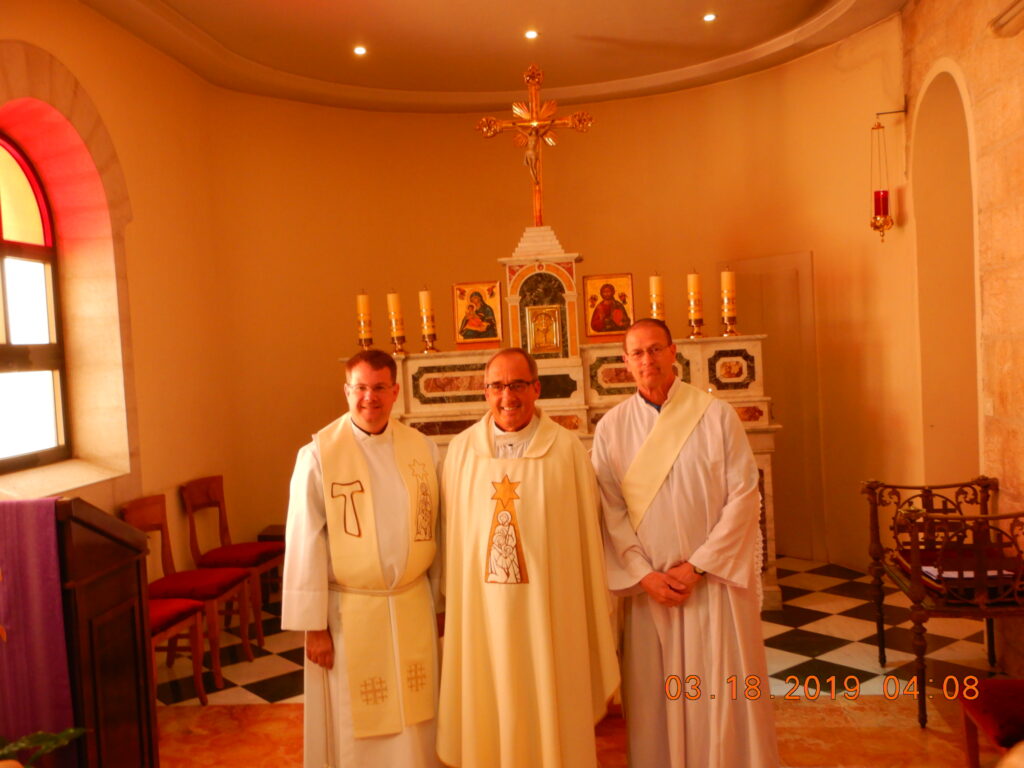
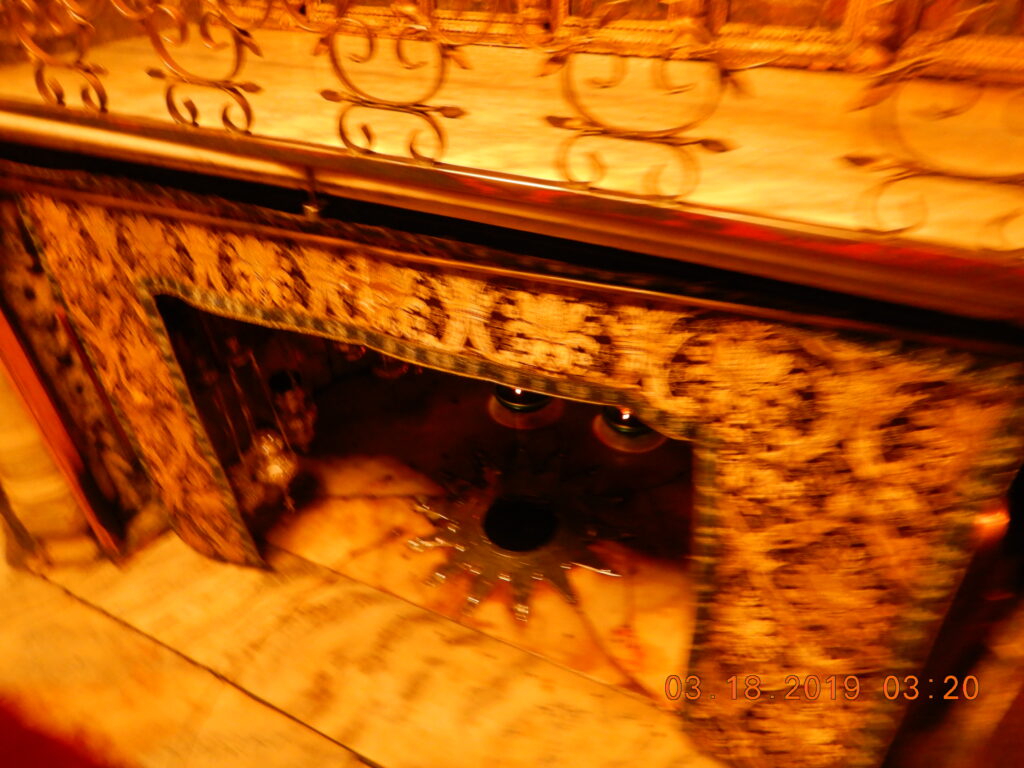
Jesus was born in a cave, quite different than what most people think. The reason there was no room at the inn was because it took Joseph and the nine-month pregnant Mary seven days to reach Bethlehem whereas it took everyone else five-days, so by the time they arrived for the census, which was the reason for everyone to return to their home of record, all the homes were already filled with families and guests. As He does, God provided, and they found a person who allowed them to stay in the basement, or cave beneath the house where were kept the livestock and household provisions. Of all the religious sites in Christianity, the one that has the most concordance in agreement of actual location is the birthplace of Jesus, and it is a small grotto, marked by a star in the ground. It is in the back of the caves of Joseph, as they are now called. A humble place of birth, a cave, populated with livestock and provisions.
We walked down fourteen steps into the grotto, two at a time, knelt before the star, touched it, said a short prayer, saw where the manger was, and exited. Sue and I lay down a candle and some religious medals on the star. We took some pictures. Some people were crying. It was quiet despite the hundreds of people in line behind us and all those ahead of us. I felt like I should have prepared more. It was so quick. It was hard to believe that I was there, in that place that two-thousand-years ago happened an event so significant that words cannot describe. I felt that I should have felt a physical change within me, like walking through a wall of water and emerging on the other side, different than I was before.
It wasn’t until the end of the day, in the Garden of Gethsemane, that it caught up to me, when Rauf was reading the Gospel of the night of the Agony in the Garden. We were sitting under an olive tree of course, thirty-one of us, behind us the east wall of Jerusalem, separated from us by the Valley of Judgement. Rauf pointed out how Jesus could see the torches of the Romans coming from the East gate, and then crossing the valley before entering the Garden of Gethsemane. It was not a short trip, no more than two miles. Jesus could have left, but he did not, as his appointed hour was at hand. He gave himself up willingly, and through his sacrifice provided everlasting life, through him, for those that exercise the freedom of their own choice to follow him. It is not a given. It requires a choice, or more accurately, a series of choices through one’s lifetime, and especially towards the end.
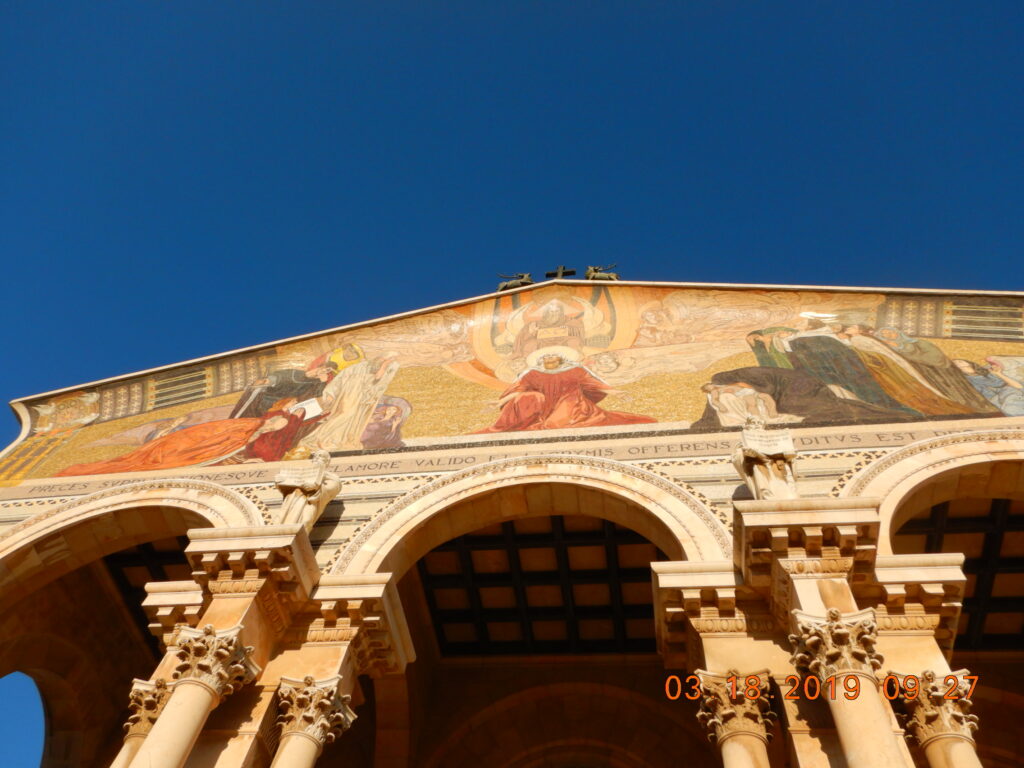
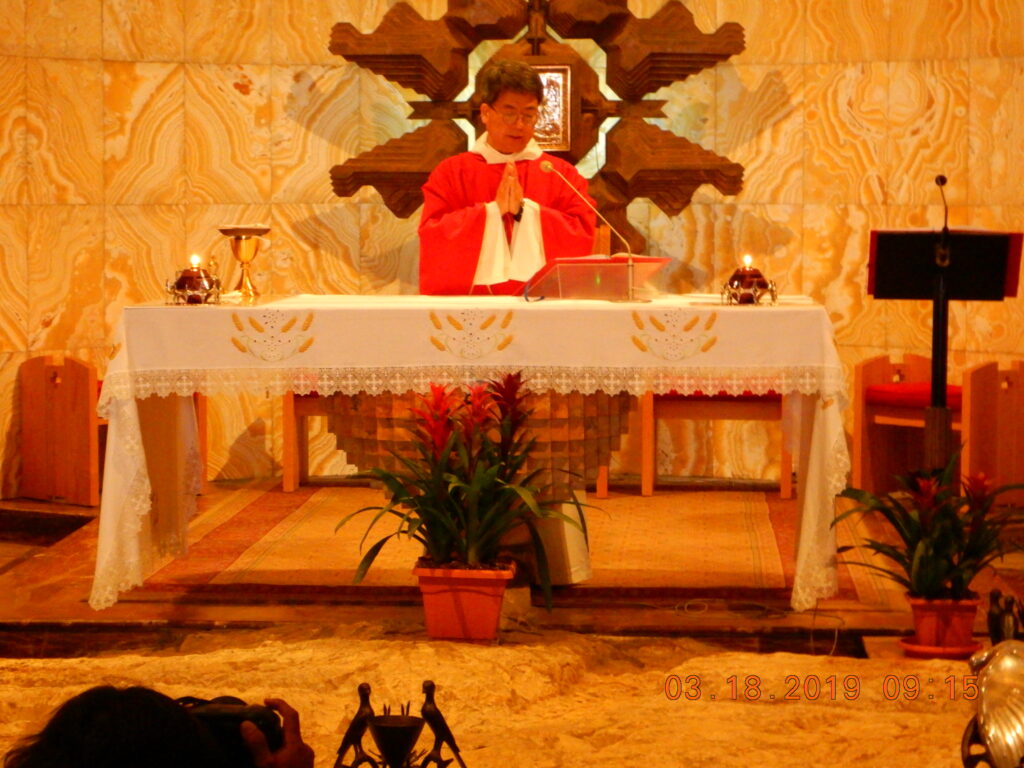
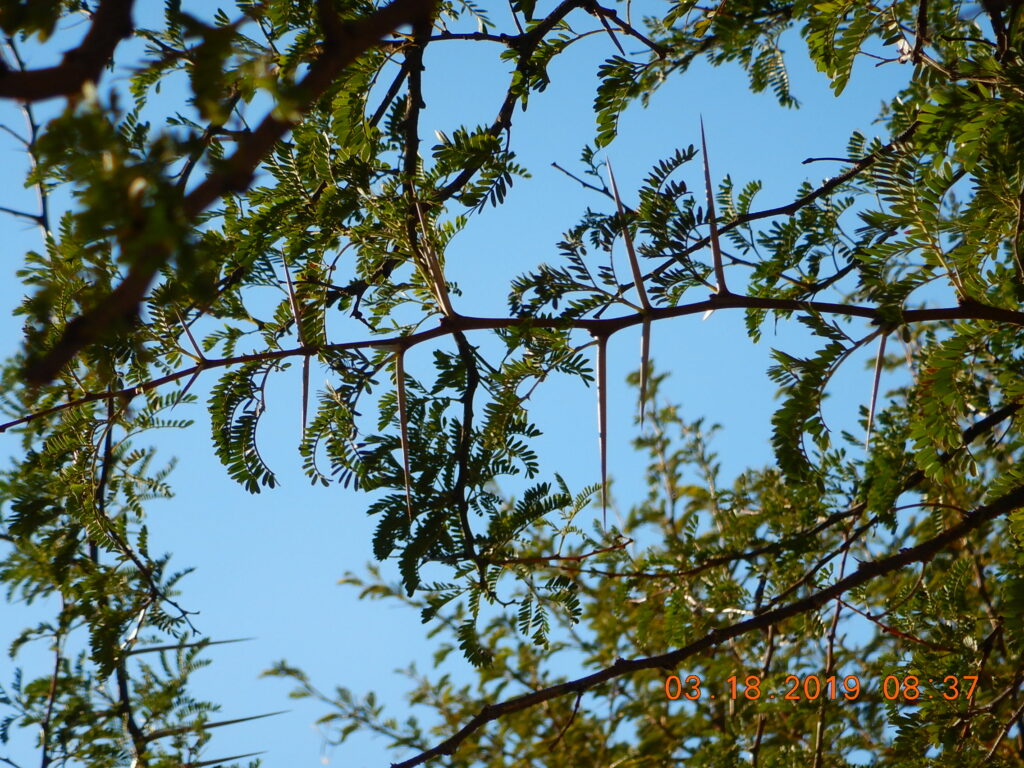
Ziziphus spina-christi is the name of the tree from which the crown of thorns was made. When I saw the tree of which two were planted in the grounds above Gethsemane, I imagined the crown of thorns in a completely different way than before. I suppose that’s the thing with most every experience I had. Everything was different. Everything was real. I placed my hands on the rock of Ascension on the Mount of Olives. I saw the solidity and reality of all those places in the Bible that the stories were made of. It’s just that all my life they were stories of far off places in distant times that I was supposed to assign validity to because that is what I was taught, and so I did. Now that I have been physically present in those far off places, and have traveled the path of Jesus, and have seen the demonstrations of faith and conviction through the ages as reflected in building and re-building of churches and the preservation of the Holy sites, the stories that I grew up with have become more like history in my mind, a historical record of the reality of the life of our Lord Savior, Jesus Christ, and you know what that means.
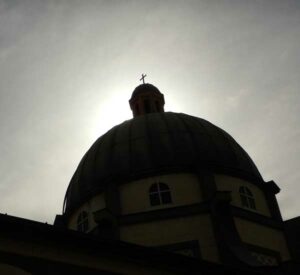
What a beautiful way you wrote this. I hope and pray that you, and your wife have asked the Lord into your hearts. Thank-you for sharing this it means a lot to me,, God Bless you and your family.